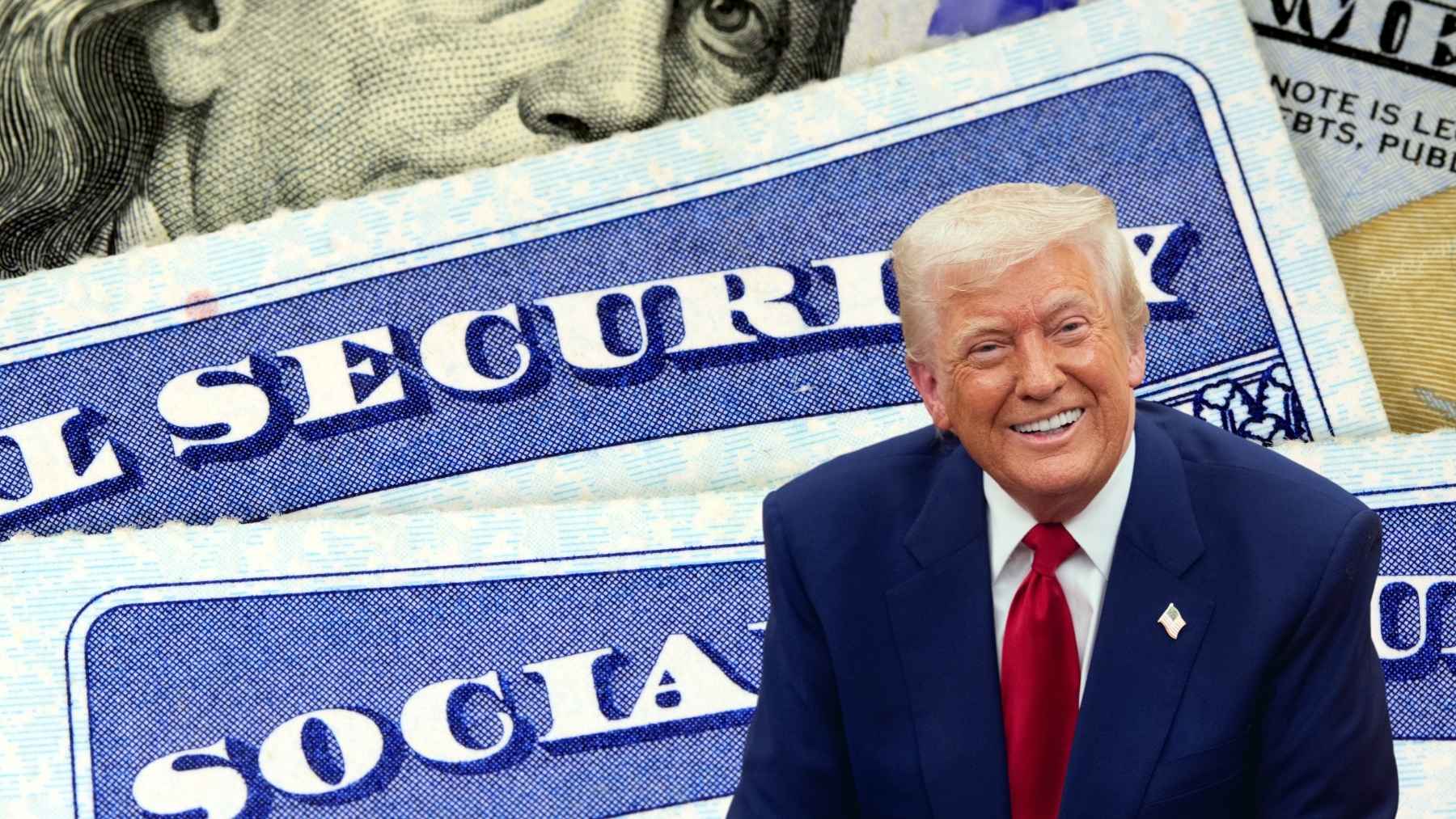The Social Security program recently celebrated its 90th anniversary on August 14th. Being one decade short of a centennial, the program has certainly undergone many varying changes over the course of ninety years — from increasing the Full Retirement Age gradually since the 90s, to the more recent repealing of both the Windfall Elimination Provision (WEP) and the Government Pension Offset (GPO) under the Social Security Fairness Act which came into effect at the beginning of this year.
Over the course of the year thus far, there have been a number of new changes announced by the Social Security Administration (SSA) as well. In May, the agency welcomed Frank J. Bisignano as its new Commissioner following a nomination to the role from the president in January. As the second half of the year continues on, there still remains a few more changes that Social Security beneficiaries should be aware of. Here is what you need to know.
New changes and updates with Social Security
Phasing out of paper checks
A March 25th executive order from the office of the president stipulates that the use of paper based payments for transactions both to and from the federal government be phased out completely as of September 30th. Subsequently, a July 14th blog update from the SSA confirmed that the agency will also be partaking in this broader government initiative.
“We’re proactively sending notices to people who currently receive paper checks, to explain the upcoming change and highlight the benefits of switching to electronic payments. In addition, all benefit checks will include an insert explaining the steps a beneficiary can take to transition to electronic payments, and our technicians are ready to assist,” stated the SSA.
In the update, the agency cites speed and efficiency, cost saving, and enhanced security as reasons behind the decision to no longer issue paper checks. Less than one percent of the total beneficiaries currently receive paper checks, which amounts to around half a million individuals. And while the agency does hope to have as many beneficiaries as possible transitioned, the SSA commissioner has since confirmed that exceptions will be made for those who need it, meaning that the SSA will disburse paper checks in certain cases.
50% clawback rate in full effect
In March, the Trump Administration announced that it would be increasing the withholding rate for overpaid benefits back to 100%, as it had been during the Trump Administration’s first term. This, however, sparked major backlash from advocacy groups and former SSA officials since losing the full benefit check could send some households into poverty. As a result, an emergency meeting was held at the agency in April where it was decided that the withholding rate would be capped at 50%.
Notices were sent out on April 25th with the clawbacks set to go into effect as of July 24th. If a beneficiary received an overpayment notice, they would have then had a 90 day period during which they could either file a waiver of repayment, appeal the notice, or negotiate a lower rate of withholding.
Enhanced Security Authentication PIN (SAP)
At the beginning of August, the SSA announced that it would be introducing an Enhanced Security Authentication PIN (SAP) so as to speed up the verification process for beneficiaries when they call into the agency phone line. When first announced, this update sparked major confusion and criticism from senior advocacy groups as it initially seemed as though beneficiaries would no longer be able to conduct routine tasks over the phone and would instead have to visit a field office.
Following this backlash, the SSA then came forward to clarify that this new SAP feature is entirely optional. According to the SSA, the feature works in the following way: “When you call the National 800 Number, you will be able to use a PIN to authenticate your identity quickly and securely. This will allow Social Security technicians to assist you more efficiently and reduce the time you spend on the phone.”

